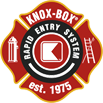Home Safety Inspections
We’ve paused our Safe and Well Visits while we assess what additional risks Coronavirus pose to our colleagues and the people who need our help.
But we know that people don’t stop being vulnerable in the midst of a pandemic, and we’re also conscious that with more people spending even more of their time at home, the likelihood of house fires will only increase.
Although we’ve made a few changes to the way we work, we want you to know that we’re still able to visit those individual households that are most at risk of fires. These households can request smoke alarm installation, served on a case-by-case basis and made by appointment. We also still offer home safety inspections, during which we can fit standard smoke detectors and provide our usual fire safety expertise.
The only difference to this service is that we’ll provide more over-the-phone assistance; we’ll be wearing personal protective equipment, including masks and gloves; and we’ll ask residents to keep their distance while we work.
What Home Safety Inspections Entail
The South Montgomery County Fire Department offers free home safety checks to residents of South Montgomery County. Let the fire department assess your:
- Home evacuation plan
- Frequency of furnace and fireplace cleaning
- Safe storage of flammable materials
- Smoke alarm placement
- Space heaters
- Extension cord use
- Safety practices in kitchens and around water
- Smoking habits
- Other possible fire hazards
If there are children in the home, the Fire Department will also check that:
- Medicines, cleaning fluids, and sharp objects are kept in a latched or locked cabinet or drawer
- Toddler gates are used at the top and bottom of stairs in homes with a child younger than 3 years old
- Home fire evacuation plans and fire drills are in place
- Window blind and drapery cords are secured
- There’s no chipping or peeling paint
- Safe furniture and toys are being used
- General safety precautions are in place to prevent accidents and injuries
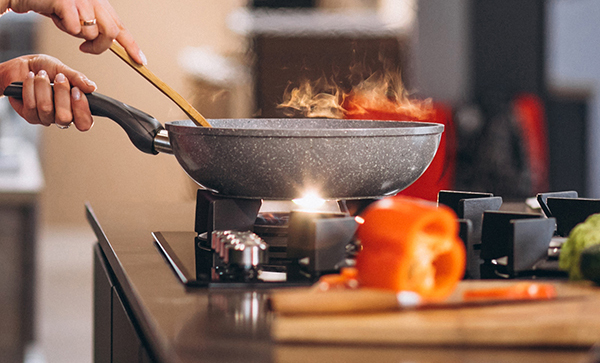
Cooking
- The cooking area, including on top of the stove and in the oven, is free from all items that can burn.
- Pots on the stove aren’t left unattended while cooking. (Remember: “Keep an eye on what you fry.”)
- The oven should never be used to heat the home.
- Cooking vents are cleaned per the manufacturer’s directions.
- Charcoal and gas grills are used only outdoors and at least 15 feet from the home, deck, and garage.

Smoking Habits
- Are all matches and lighters kept out of children’s reach?
- Is “no smoking in bed” a rule of the house?
- Is your family aware that ashtrays should NEVER be emptied into waste baskets?
- Are there plenty of large, safe ashtrays throughout the house?
- Do you check for smoldering cigarette butts in the furniture?
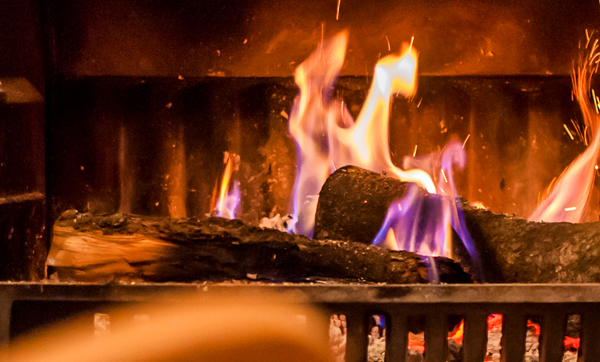
Heating and Cooking
- Baseboard heaters don’t touch any furniture, curtains, or other items stored on the floor.
- Chimneys and heating systems are inspected, cleaned, and repaired annually before the heating season.
- The area around the furnace is clear of all items that can burn.
- All portable heaters are placed at least three feet from furniture, walls, and bedding.
- Portable heaters are plugged directly into wall outlets and turned off when you leave the room.
- Every fireplace is equipped with a sturdy metal screen.
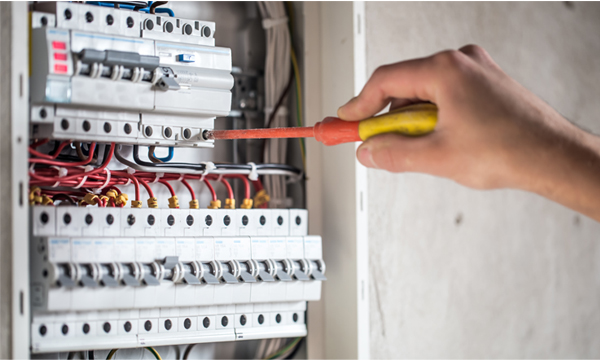
Electrical Hazards
- Extension cords aren’t used as permanent wiring.
- Extension cords used aren’t tacked to walls, run under rugs, or run through doorways.
- Safety covers are present on all outlets if small children are present.
- Appliances are plugged directly into wall outlets.
- Clothes dryer lint filter and venting system are clean.
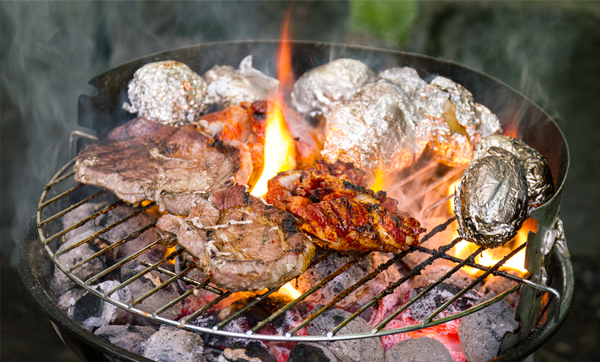
Housekeeping
- Matches and lighters are kept out of reach of children in a secure place.
- Paint, varnish, and other flammables are stored in sturdy metal containers and in a cool place.
- Ashes from fireplaces and barbeques are disposed of only in metal containers.
- Candles are placed in sturdy holders away from children, pets, and things that can burn.
- Candles are extinguished before leaving the room or going to bed.

Smoke Alarms and Carbon Monoxide Alarms
- Have you installed a smoke alarm on each floor and in every bedroom?
- Smoke alarms are tested monthly and vacuumed regularly.
- Carbon monoxide alarms are located on every level of the home.
- Alarm batteries are changed twice a year, unless equipped with a 10-year lithium battery.
- Are your smoke alarms less than 10 years old?
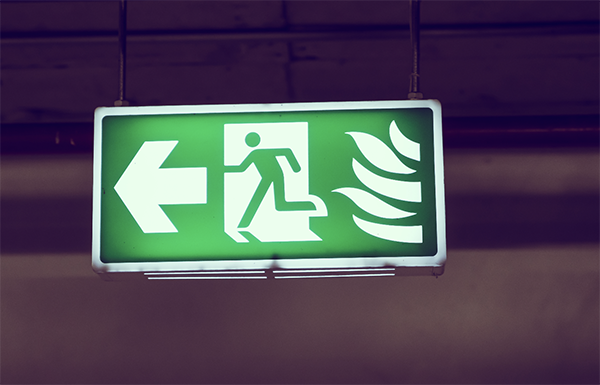
Fire Escape Plan
- You have a plan of escape showing two ways out of every room and an outside family meeting place.
- You regularly practice your escape plan by having fire drills with everyone in your home.
- Your house numbers are clearly visible from the street.
- You’ve downloaded “How to Make a Home Fire Escape Plan Checklist.”
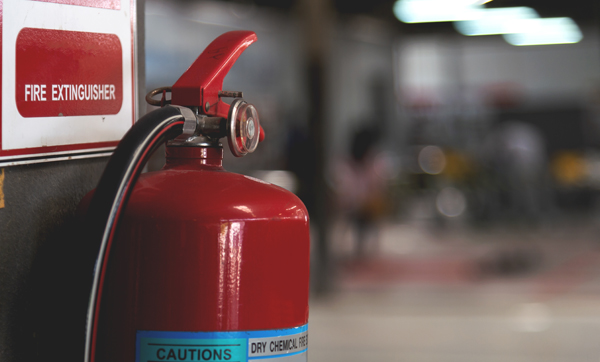
Fire Extinguishers
- Do you have a UL- or an FM-approved fire extinguisher in your home?
- Do you take it out two times a year and shake it to keep the powder from packing?
Escape Planning Tips
- Make a fire escape plan by gathering everyone in your household, walking through your home, and inspecting all possible exits and escape routes.
- Identify two escape routes out of each room, if possible, and make sure each of those escape routes can be used safely by everyone.
- If your household has children, draw a floor plan of your home and mark each escape route (including windows and doors) as well as the location of each smoke alarm. (Download our “How to Make a Home Fire Escape Plan Checklist” for help with this.)
- Practice your home fire escape plan at least twice a year.
- When you practice your fire escape plan, make sure escape routes are clear and doors and windows can be opened easily. Items that block doors and windows in your home could keep you from escaping in the event of a home fire.
- Closed doors may slow the spread of smoke, heat, and fire, so keep bedroom doors closed at night.
- Install smoke alarms in every sleeping room, outside each sleeping area, and on every level of the home.
- Choose an outside meeting place (e.g., neighbor's house, light post, mailbox, stop sign) a safe distance in front of your home where everyone can meet after they've escaped. Mark the location of this meeting place on your escape plan.
- Ensure your street number is clearly visible from the road. If not, paint it on the curb or install house numbers to ensure responding emergency personnel can find your home.
- Have everyone memorize the emergency phone number of the fire department so any member of the household can call from a neighbor's home or a cellular phone once safely outside.


